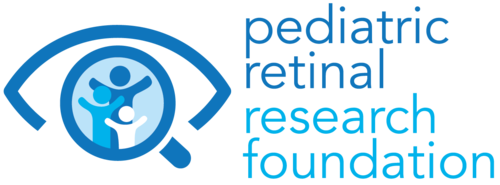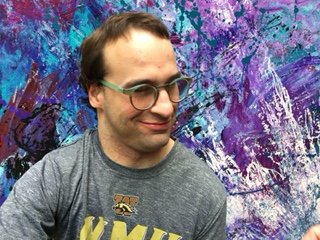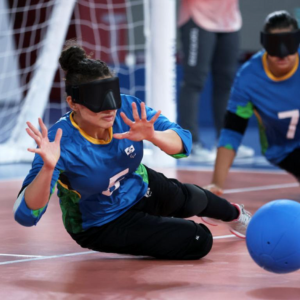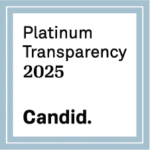By Jeanne McClellan
It was 2023 when Dr. Matthew Trese from Associated Retinal Consultants lamented to his patient, a retired vision rehab therapist, “We wish there was more we could do!” These words were more than rhetoric or hyperbole. That patient, Roberta McCall, suggested he talk with another vision rehab therapist, Charlene Gordon. Little did he know, Charlene had been collaborating with her colleagues to form a service that would bridge the gap between the medical community and vision rehabilitation services.
“Care 2 Care refers patients to services; we are the link between the doctors and community resources for their patients,” explains Sharon Lotoczky, MSW, one of the several supportive counselors who donates their vision rehabilitation and social work expertise to Care 2 Care. “As a family practice therapist and from my work with the disability community, I had known Charlene and she contacted me and asked me to get on board with this new project. Since most of the supportive counselors, including myself, have vision impairments, we can offer the life experience that is so valuable. We are not referring people to any services that we haven’t used ourselves.”
Charlene, now the director of Care 2 Care, explains, “We are filling a need that has been there for 30 years!” Sharon adds, “Too often doctors would give their patients the news that they would be visually impaired or blind, but the doctors did not know how to help them transition. That’s our job.” Information gathered from a patient survey validated what the founders of Care 2 Care already knew. The need in the blind community was undeniable!
Through Dr. Trese’s outreach to the medical community, the number of doctors who now refer to Care 2 Care is up to 20, and Care 2 Care covers 15 counties in Michigan, with many plans to grow the service.
“We have non-profit status in Michigan and are applying for federal non-profit status so that we can apply for grants and other funding sources,” says Charlene.
Sharon explains the referral process this way: “The doctor completes a form that includes the patient’s diagnosis and other pertinent information about their visual acuity. That gets sent to our intake worker, who contacts the patient and conducts an assessment. Then she hands it off to one of the supportive counselors. I have FEVR so I tend to get many of the referrals of folks who also have FEVR.”
A friend of mine who is a retired Orientation and Mobility (O&M) instructor, upon hearing about Care 2 Care, sighed, “Well it’s about time! We have needed something like this forever!”
It is a win-win situation. Doctors obtain support for their patients and the patients receive support early on in their diagnosis.
“We can help any age, from young people to senior patients,” Sharon elaborates. Most school-age kids are getting what they need from the school system, but we can also help their parents advocate on behalf of their kids. And sometimes our elderly patients can benefit from other community services in addition to vision rehabilitation resources. “We always follow-up with the patients to make sure they have been able to access the referrals we’ve given them, and to see if their needs have changed. We stay about 3-4 months on average with each patient we help.”
Care 2 Care averages about 3 referrals per week, and has helped nearly 200 people in its short two and a half.
If you feel you could benefit from Care 2 Care, let your doctor know.
Like I always say, there is life after blindness.
If individuals are interested in learning more about Care 2 Care’s vision services, please contact Charlene Gordon M.A. Vision Rehabilitation Therapist at care2care.besafe@gmail.com.
_
About the author:
Jeanne McClellan was born and raised in Royal Oak, Michigan, earned a master’s degree in psychology, and worked for approximately 30 years as a counselor and social worker until she retired in 2009.
